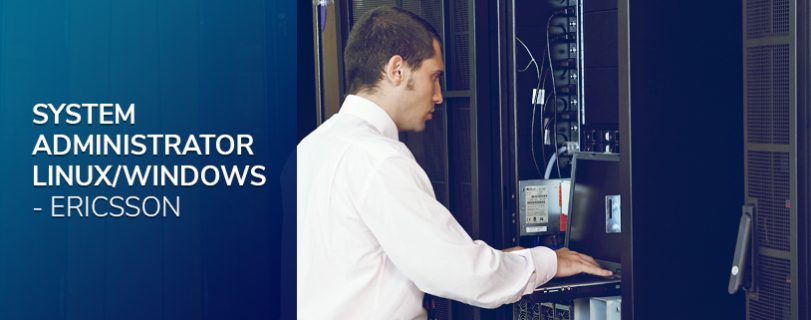
ENTERPRISE SYSTEM ADMINISTRATION (LINUS & WINDOWS)
INTRODUCTION
Enterprise System Administration for Linux and Windows involves managing and maintaining an organization’s entire IT infrastructure, including its servers, networks, and applications, ensuring they are reliable, secure, and perform optimally. Administrators perform tasks like installing, configuring, and upgrading hardware and software, managing user accounts and permissions, troubleshooting issues, and performing security monitoring across both operating systems. The specific duties often vary by company size and infrastructure needs, with roles sometimes specializing in one OS or covering both.
An enterprise system administration course covering both Linux and Windows environments will focus on the principles of managing large-scale, hybrid IT infrastructures, encompassing core OS administration, networking, security, automation, and troubleshooting.
Course Contents
Module One: Introduction to Enterprise System Administration
- Role and Responsibilities: Understanding the duties of a sysadmin in an enterprise environment, including planning, development, maintenance, and support.
- Operating System Fundamentals: Overview of Linux and Windows OS architectures, their history, and use cases in modern enterprises.
- Virtualization and Cloud: Concepts of virtualization (VMware, Hyper-V, KVM) and an introduction to cloud platforms (AWS, Azure, GCP) as they relate to system deployment.
Module Two: Operating System Installation and Configuration
- Planning and Installation: Hardware and software considerations, installation methods (manual, automated, network boot), and post-installation configuration.
- Boot Process: Understanding and managing the boot sequence (BIOS/UEFI, GRUB/Boot Manager) and startup services in both Linux (systemd, init) and Windows environments.
- Software and Package Management: Using native tools (APT, YUM/DNF, RPM for Linux; Windows Installer, Package Management cmdlets for Windows) for software installation, updates, and patching.
Module Three: User, Group, and Access Management
- User and Group Administration: Creating, modifying, and managing user accounts and groups, enforcing password policies, and managing login sessions.
- Authentication Services: Implementing centralized authentication using directory services like Active Directory (Windows) and its interaction with Linux environments (e.g., SSSD, LDAP integration).
- Permissions and Access Control: Managing file and directory permissions (NTFS permissions in Windows; standard, special, and ACL permissions in Linux).
- Privilege Management: Utilizing tools like sudo (Linux) and User Account Control/Group Policies (Windows).
Module Four: Storage and File System Management
- File Systems: Understanding different file systems (NTFS, ext4, XFS, etc.) and their use cases.
- Disk Management: Partitioning disks, creating/managing file systems, and configuring storage technologies like LVM (Linux), RAID, and disk quotas.
- Remote Storage: Configuring network file sharing protocols such as NFS (Linux) and Samba/SMB (Windows integration).
Module Five: Networking and Security
- Network Configuration: TCP/IP fundamentals, configuring network interfaces, IP addressing (static/DHCP), routing, DNS, and troubleshooting network connectivity.
- Security Practices: Implementing firewalls (iptables/firewalld for Linux; Windows Defender Firewall), configuring SSH/RDP for secure remote access, and understanding security frameworks like SELinux/AppArmor.
- System Hardening: Applying security patches, disabling unnecessary services, and monitoring for suspicious activity.
Module Six: System Operations and Maintenance
- Process and Service Management: Monitoring and controlling running processes and system services using tools like systemctl, ps, top/htop (Linux), and Task Manager/Services snap-in (Windows).
- Monitoring and Performance Tuning: Utilizing monitoring tools, analyzing performance metrics (CPU, memory, I/O), and basic performance tuning.
- Logging: Managing and analyzing system and application log files for troubleshooting and security auditing (rsyslog, journalctl, Event Viewer).
- Backup and Recovery: Establishing and verifying backup routines and developing disaster recovery plans.
Module Seven Automation and Scripting
- Shell Scripting: Automating routine tasks using scripting languages like Bash (Linux) and PowerShell (Windows).
- Configuration Management: Introduction to enterprise automation tools such as Ansible, Puppet, or Chef.
Duration: Three (3) days Fee: N300,000
Phone No:
08052062320, 08095284269, 07085271570
Email Address
training@nazellinkconsult.com info@nazellinkconsult.com
